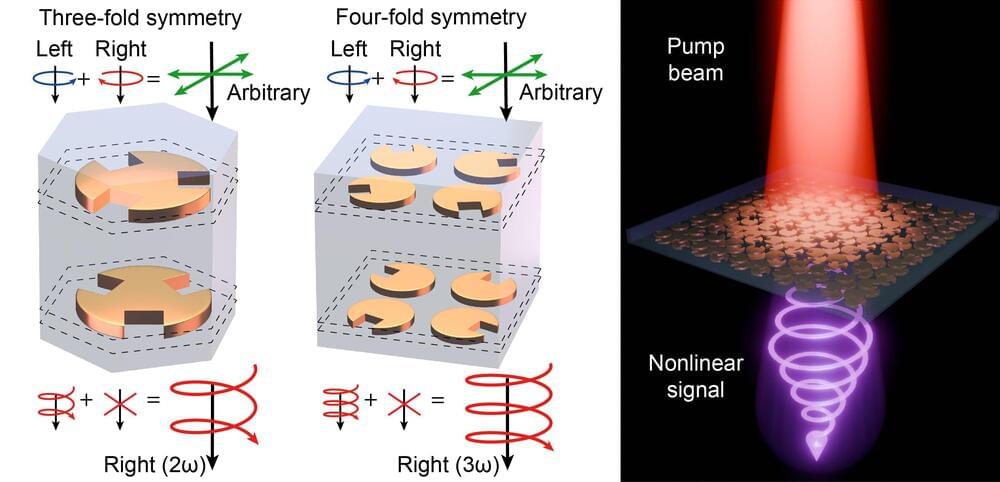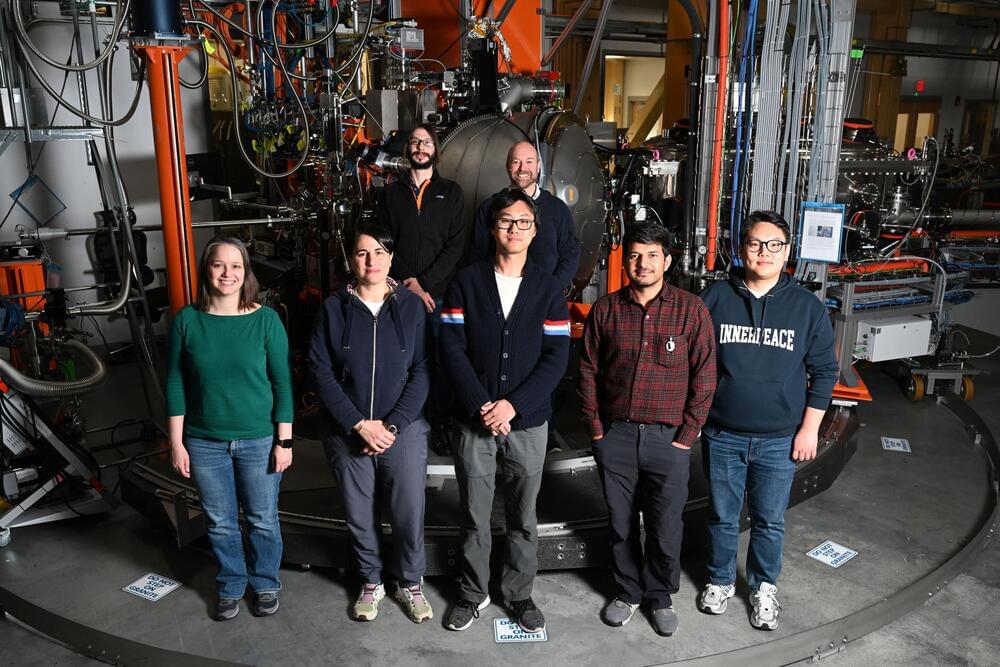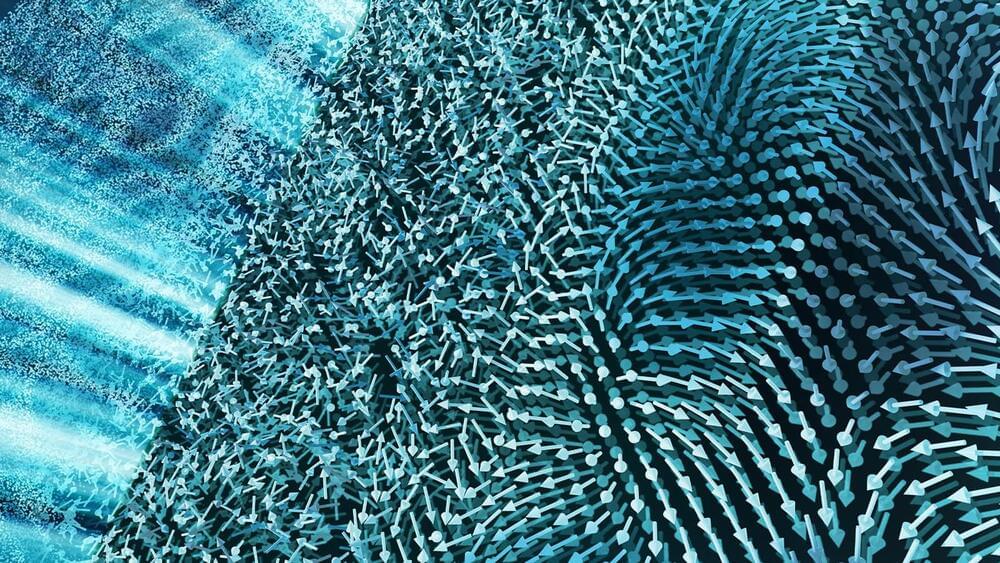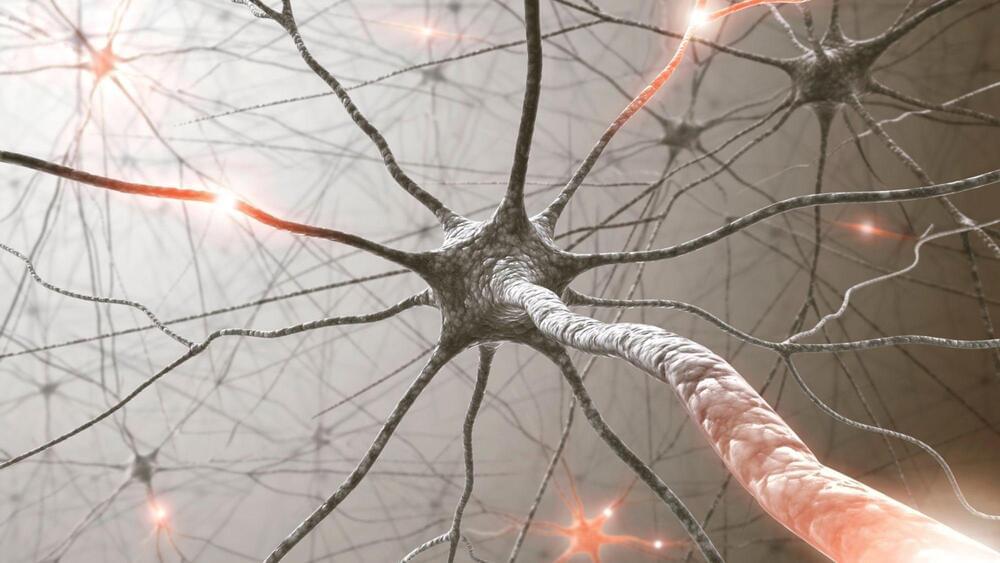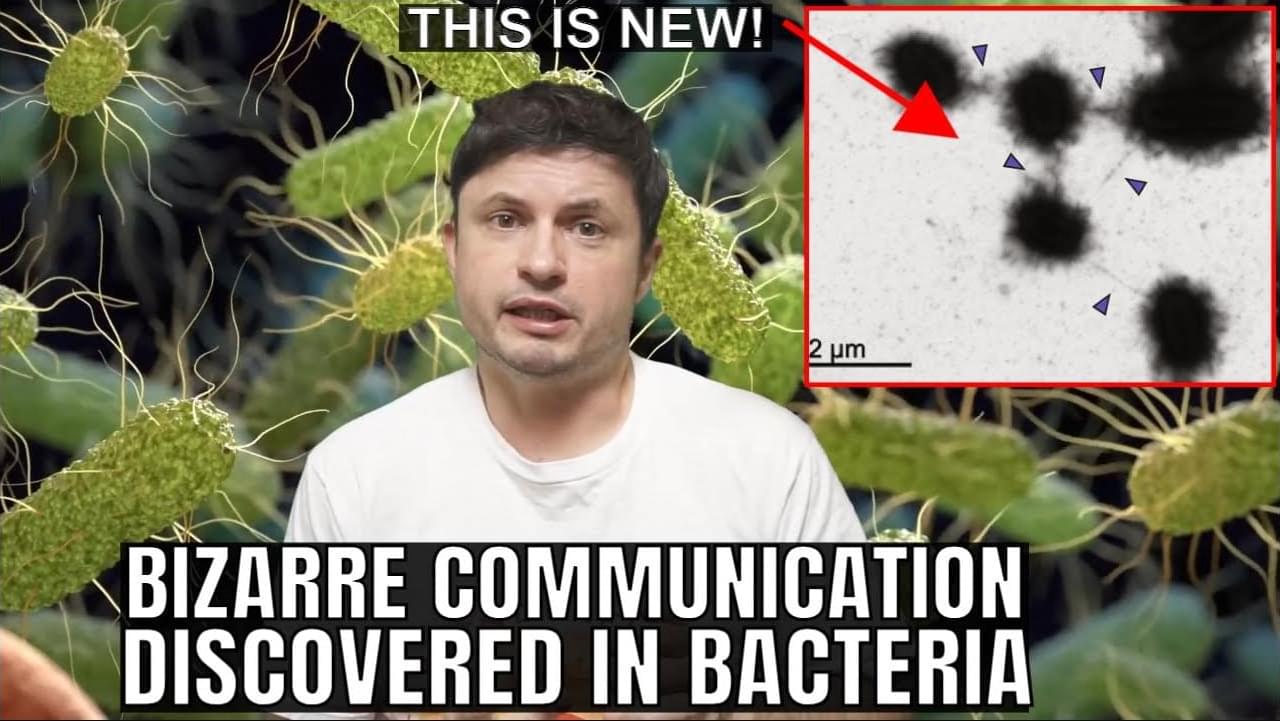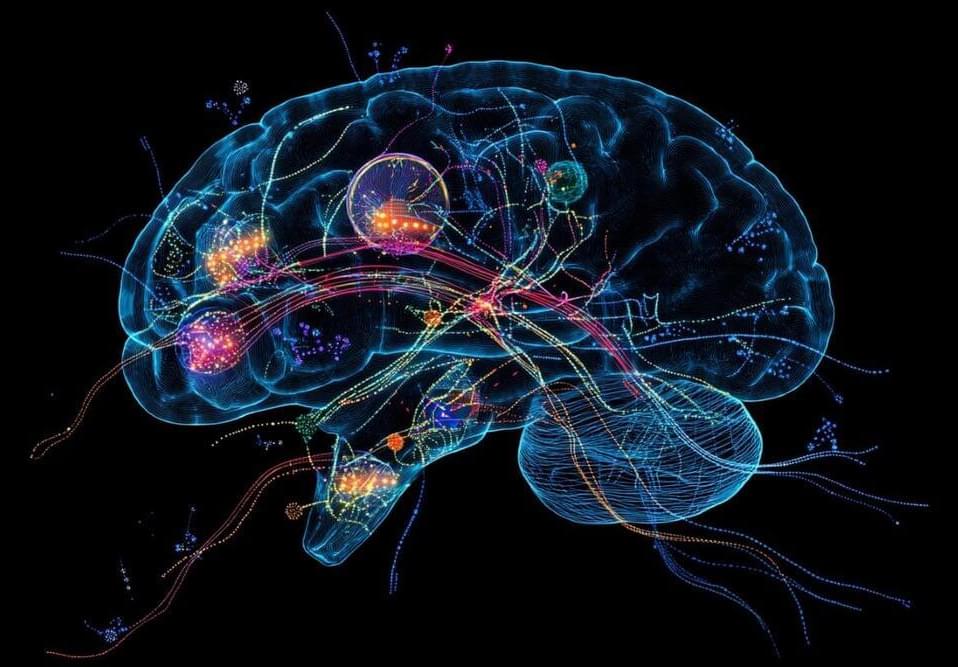Left and right circularly polarized light, where the electromagnetic waves spiral in a clockwise and counterclockwise manner as they travel, plays a crucial role in a wide range of applications, from enhancing medical imaging techniques to enabling advanced communication technologies. However, generating circularly polarized light often requires complex and bulky optical set-ups, which hinders its use in systems with space constraints.
To address this challenge, a team of researchers from Singapore led by Associate Professor Wu Lin of Singapore University of Technology and Design (SUTD) has put forth a new type of metasurface—an ultra-thin material with properties not found in nature—that may be able to replace traditional complex and bulky optical set-ups.
They have published their research in the Physical Review Letters paper “Enabling all-to-circular polarization up-conversion by nonlinear chiral metasurfaces with rotational symmetry.”
